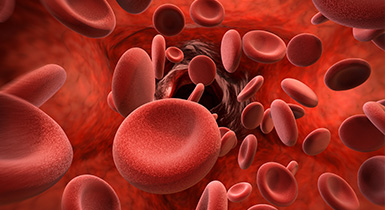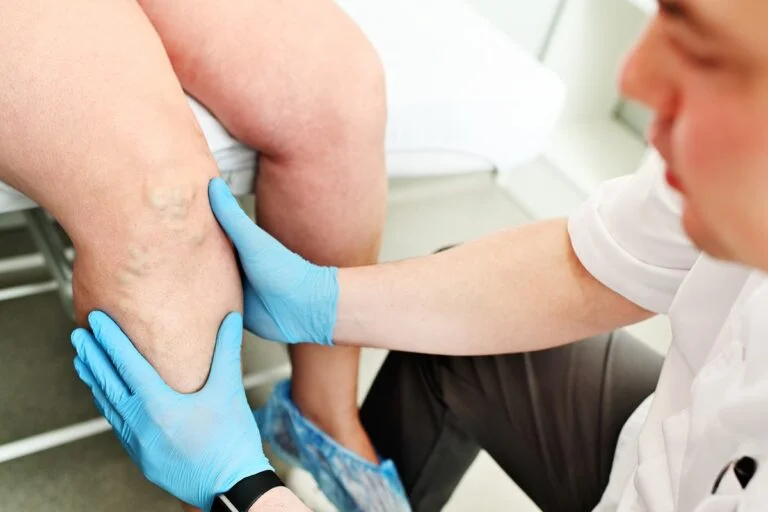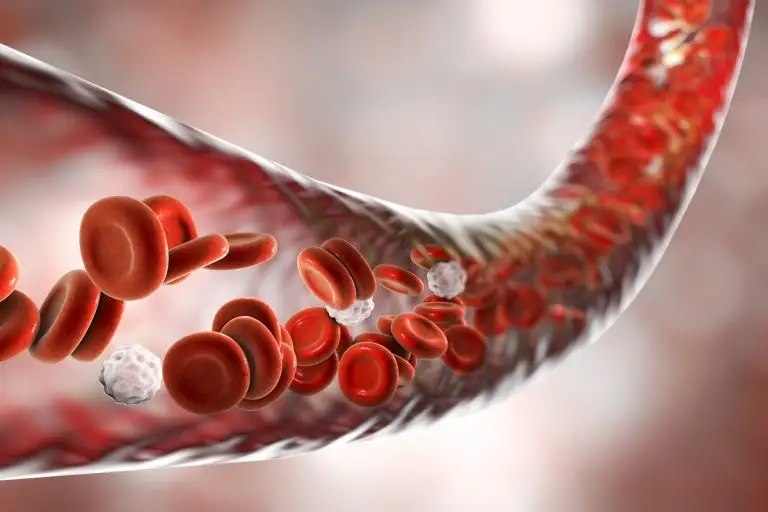Haematology is the study of the blood and the doctor who evaluates patients with various blood conditions are called a haematologists. Blood as you are aware is composed of rbcs, wbcs, platelets and plasma and other components. The role of the haematologists is to evaluate these parameters to come to a diagnosis of blood disorder cases.
The most common condition of blood disorder is anaemia. Apart from other conditions treated by a haematologists are blood cancers, haemolytic anaemias and bleeding disorders. In India, today anaemia today is seen in 55% of females and 30% of in males. The incidence of this is seen highly in elderly age group and 5years of age
The general symptoms of anaemia include breathlessness, chest pain, palpations, and tiredness, headache and malaise. To determine anaemia complete blood profile (Haematology) is evaluated. The results vary from sex and age. We say that a person has anaemia if the Hb in males is less than 13 to 13.5 gram decilitre and in females if it less than 12 to 12.5 decilitre(female), in case of pregnant female is 11gms we say that the individual is anaemic. Anaemia is also seen in the elderly and 5years age group in children
Generally in case of anaemia it is better to rule out all the causes of anaemia before taking iron tablets. That it is why it is imperative on visiting a haematologists to rule out the other causes. Taking iron for example in some cases in can cause iron to over load in some conditions.
What are the most common causes of anaemia evaluated by a haematologists:
- Most common of anaemia is Iron deficiency anaemia, and is almost 50% of all causes the other common cause is Vitamin B12 deficiency anaemia. These can be grouped under nutritional group of anaemia and is mostly seen in vegetarians
- Haemolytic anaemia is another group of conditions this includes diseases like Thalassemia minor and major, sickle cell anaemia, and Auto immune haemolytic anaemia. In haemolytic anaemia the rbcs are broken down in one’s blood.
- Any secondary condition which causes bone marrow failure can also result in anaemia. Bone marrow is responsible for production of RBCs, WBCs, Platelet’s etc. Any condition leading to the depression of the bone marrow can result in reduced production of the above leading to anaemia.
- Conditions leading to chronic infection (secondary conditions) like chronic renal failure, diabetes mellitus, and hypertension can also result in anaemia.
- Bleeding disorders is another group of blood disorders like Haemophilia A and B where there is a deficiency of clotting factors like .Type A is more common. Recurring joint pains in the knee, elbow and ankle with pain and swelling due to bleeding in joints. Generally seen in young .Blood fails to clot, abnormal platelets and count reduction. Other conditions are Immune thrombocytopenia and Von Wilbrands Disease. Blood transfusion and components and components is the general line of treatment
- Clotting disorders is also a condition that falls in the spectrum of blood disorders. The symptoms of which depend upon the organ it affects like deep vein thrombosis, stroke etc.
- Blood cancer or leukaemia’s, Myelomas and lymphomas are other groups of blood disorders. General treatment is bone marrow transplantation or stem cell transplantation along with chemotherapy and radiation etc.
Don’t ignore these signs and symptoms below which are associated with bleeding disorders:
- Bleeding lasts longer than usual
- Nose bleeds may happen for no reason
- Bleeding may stop and re-start
- Bruises and may occur frequently and unexplained.
- Blood may be present in the urine or stool
- Dental bleeding may take longer to stop
- Bleeding in joints with swelling
- For women, menstrual periods may be very heavy or last a long time.
- Joint and/or muscle pain or swelling after minor accident or injury
- Small red spots on the skin may sometimes look like a rash
- Small purplish spots on the skin or large purplish lesions caused by bleeding under the skin
- Blood in the stool; bleeding from the digestive tract
In case you are experiencing any of these symptoms please visit our haematologists at Wockhardt Hospital.












